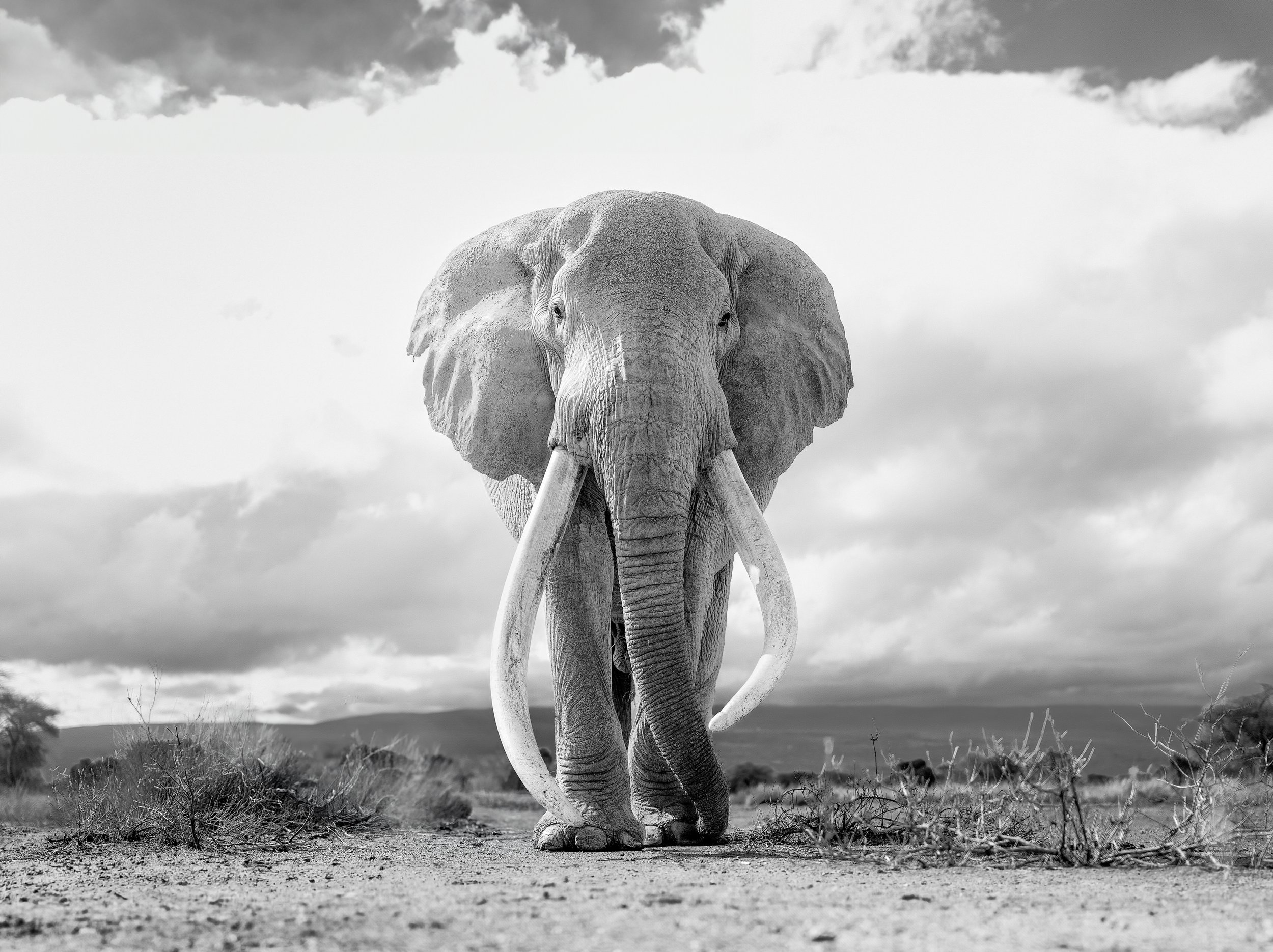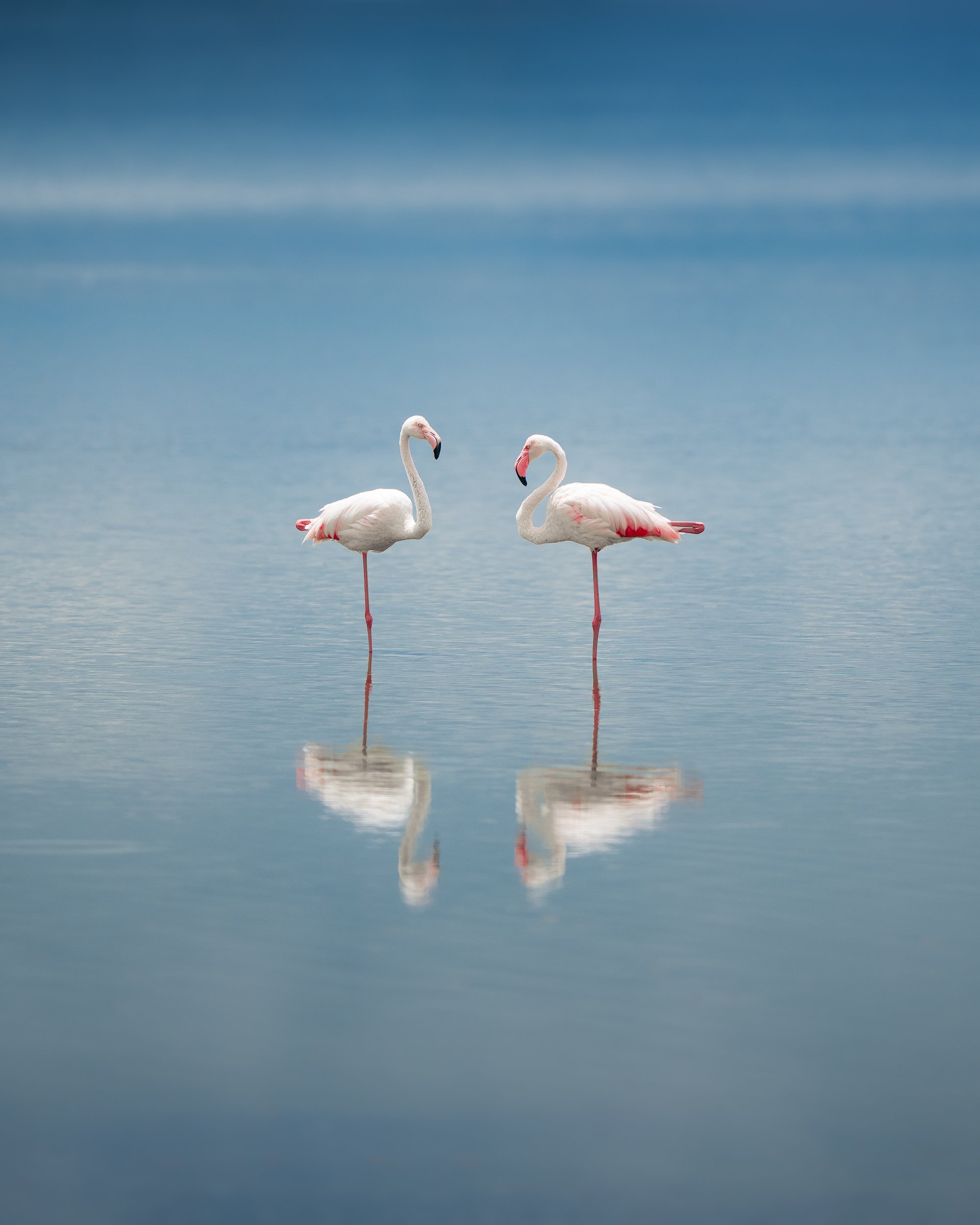
SAVE THE ELEPHANTS
The treasured “Super Tuskers” and resident wildlife that roam between Amboseli National Park, Chylulu Hills and Tsavo West – are at risk with local habitats being choked to the breaking point. In collaboration with the Angama Foundation, all proceeds from this open edition series of fine art prints will be donated to the Big Life Foundation to fund conservation efforts in Kenya’s Amboseli region to save the world’s biggest elephants, protect migratory corridors and support local communities via sustainable ecotourism.
One print subsidizes over 10 acres of the Nairrabala “elephant highway” for an entire year, and our fundraising goal is simple: preserve the 37,500 acres necessary to maintain wildlife corridors, save the elephants, eliminate poaching and mitigate human conflict.
Buy your favorite print. Tell a friend. Save the elephants.
Asante - AC
“Doing well by doing good / Doing good by doing well.”
— Benjamin Franklin // The Angama Foundation
Proud Partners
Angama Foundation
Angama is founded on the principle of running a profitable business in order to make a meaningful and sustainable difference to the communities that neighbor their lodges, and the wildlife and land that surround them. In a nutshell, the Angama team believes in Benjamin Franklin’s oft-quoted saying: ‘Doing Well, by Doing Good / Doing Good, by Doing Well’. The Foundation is active through three fields of work: Education, Healthcare and Conservation. Projects are identified and prioritized together with the lodges’ neighboring communities, the Conservancies, and NGOs that have a track record of making an impact in the region.
In the Mara, the Foundation works with the Mara Conservancy to ensure the longevity of the Mara Triangle through two initial fields of co-operation surrounding livestock predation compensation and rhino monitoring. With the opening of Angama Amobseli, the Foundation has partnered with the Big Life Foundation to protect and maintain the Kimana Sanctuary while supporting greater conservation efforts within the Greater Amboseli ecosystem.
Big Life Foundation
Protecting over 1.6 million acres of wilderness in the Amboseli-Tsavo-Kilimanjaro ecosystem of East Africa, Big Life partners with local communities to protect nature for the benefit of all. Since its inception, Big Life has expanded to employ hundreds of local Maasai rangers—with more than 30 permanent outposts and tent-based field units, 14 patrol vehicles, 2 tracker dogs, and 2 planes for aerial surveillance. Co-founded in September 2010 by photographer Nick Brandt, conservationist Richard Bonham, and entrepreneur Tom Hill, Big Life was the first organization in East Africa to establish coordinated cross-border anti-poaching operations.
Using innovative conservation strategies and collaborating closely with local communities, partner NGOs, national parks, and government agencies, Big Life seeks to protect and sustain East Africa’s wildlife and wild lands, including one of the greatest populations of elephants left in East Africa. The first organization in East Africa with coordinated anti-poaching teams operating on both sides of the Kenya-Tanzania border, Big Life recognizes that sustainable conservation can only be achieved through a community-based collaborative approach. This approach is at the heart of Big Life’s philosophy that conservation supports the people and people support conservation. Big Life has established a successful holistic conservation model in the Amboseli-Tsavo-Kilimanjaro ecosystem that can be replicated across the African continent.
Area of Operations
Big Life’s Area of Operation (AOO) covers approximately 1.6 million acres of the Amboseli-Tsavo-Kilimanjaro (Greater Amboseli) ecosystem in East Africa. Big Life’s team of 500+ helps to protect and secure wildlife and critical habitat stretching fom the rangelands north of Amboseli to the Chyulu Hills and Tsavo West National Parks in the east, and south to Kilamanjaro National Park. The area is a central connection point for migrating wildlife and contains some of the most important habitat left in Africa. Big Life was the first organization in the region to conduct collaborative cross-border patrols between Kenya and Tanzania, and their AOO is divided into a core area with a permanent security presence that is also regularly patrolled by mobile units, a non-core area that is actively covered by our intelligence network and where mobile units respond based on need, and adjacent areas where we provide support as needed.
Core AOO: Chyulu Hills National Park, Enduimet Wildlife Management Area (Tanzania), Eselengei Group Ranch, Kimana Area, Mbirikani Group Ranch, and Rombo Group Ranch
Non-Core AOO: Merrueshi Ranch, Taveta Area
Adjacent Areas: Amboseli National Park, Kuku Group Ranch, Mailua Ranch, Olgulului, Tsavo West National Park
Thank you for your support.
Nairrabala Elephant Highway
Amboseli National Park (NP) is an oasis. It protects life-giving springs and swamps that keep animals – both wild and domestic – alive through the dry season, but it is too small to support all these animals on a permanent basis. Animals range far beyond its boundaries and if they cannot move freely, they will eventually die.
When animals leave the park, including elephants like Craig, they move along favored routes known as migration corridors, some of which connect to neighboring ecosystems in Tanzania, the Rift Valley, and Tsavo.
The Kimana corridor, where Big Life has worked with landowners for the last decade, allows animals to move in and out of Amboseli NP to the east. But for animals moving north, the Nairrabala corridor is the key.
Nairrabala was communally-owned by the Maasai community of Olgulului Group Ranch. The area is going through a process called land subdivision, which will split it up into thousands of small parcels that can be bought and sold, and potentially fenced and converted to other land-uses.
Nairrabala is the most important route used by elephants and other animals to reach important natural resources in the north. The lines on the map shown here represent the movements of just 3 collared elephants over a 3-year period.

















